Lighting in a DJ setting isn’t just about visibility.
It’s about creating an experience. Imagine attending a live DJ performance.
The beats are pulsating, and the crowd is energetic.
Now, add flashing strobe lights, synchronized with every beat drop, and colors dancing with the rhythm.
Instantly, the atmosphere transforms.
The energy amplifies. This is the power of lighting in DJ performances.
It elevates an event from just music to an unforgettable visual and auditory spectacle.
In this guide, we’ll dive deep into the world of DJ lights, exploring their significance and how they’ve become an essential tool for DJs everywhere.
Evolution of DJ Lights
Disco Balls and Spotlights: The Humble Start
In the early days, simple spotlights and iconic glittering disco balls were the mainstay.
These devices added a touch of flair and drama to parties and discos but were limited in their dynamism.
Intelligent Lighting Era
As technology progressed, we saw the rise of intelligent lights.
These lights could move, change colors, and even project patterns, allowing DJs to have more control over their visual presentations.
LED Revolution
The advent of LEDs brought a seismic shift.
With their energy efficiency, vibrant colors, and longevity, LEDs have become the go-to for modern DJ lighting setups.
They also introduced the possibility of synchronized light shows, where lights change and move in perfect harmony with the music.
Today’s Tech-Driven Scene
Now, with advancements in technology, DJ lights can be controlled remotely via apps, integrated with other tech tools, and even respond autonomously to the rhythm and beats of the music.
The possibilities seem endless as we move into an era where lighting not only complements the music but also enhances the overall sensory experience.
Types of DJ Lights
For a DJ, mastering the art of lighting is as crucial as curating the perfect playlist. Different lights play unique roles in enhancing the musical experience.
1. Moving Heads
Moving headlights are versatile fixtures that can pan and tilt, offering dynamic movement options.
They can be programmed to follow certain patterns, making them perfect for dynamic performances where lights need to sweep across the stage or audience.
2. Strobe Lights
These are the pulse of any high-energy dance floor. Strobe lights emit quick flashes of light, creating a freeze-frame effect that adds unique energy and excitement to the environment.
They’re a staple in clubs and dance events, especially during peak moments of a DJ set.
3. Gobos and Spotlights

Gobos are templates that, when placed in front of a light source, project specific patterns or images onto a surface.
DJs use them to add a touch of branding or thematic design to their performances.
Spotlights, on the other hand, focus a beam of light onto a specific area, perfect for highlighting the DJ, a dancer, or any focal point of the event.
4. Uplighting and Ambient Lights

While some lights are all about energy and movement, uplighting is about creating a mood.
Positioned on the ground and aimed upwards, they can transform a venue’s walls or ceilings with washes of color.
These lights set the ambiance, helping to craft the overall vibe of the venue – be it romantic, serene, or even mysterious.
The Psychology of Lighting in Nightlife
Lighting does more than just illuminate a space; it sets the mood and can significantly affect our emotions and energy levels.
In the vibrant world of nightlife, understanding the psychology behind lighting choices is key to creating unforgettable experiences.
- Color Psychology plays a pivotal role. Warm hues like reds and oranges spark excitement and passion, making them perfect for the dance floor. On the other hand, cool blues and purples can create a relaxed, sophisticated vibe, ideal for lounge areas.
- Lighting Intensity also shapes the atmosphere. Dim lights invite intimacy and mystery, encouraging closer interactions among guests. Bright, dynamic lighting, however, fuels the energy of a party, keeping the crowd lively and engaged.
- Dynamic Lighting adds an extra layer of engagement. Moving lights and strobes, synchronized with the music, not only captivate the audience but also enhance their connection to the rhythm and flow of the night.
- Synchronization with Music is where magic happens. The right lighting changes, timed perfectly with beats or dramatic moments in the music, can elevate the emotional impact, making every beat drop or melody shift a visceral experience.
Understanding The Power of Lighting in nightlife isn’t just about technical know-how; it’s about crafting an atmosphere that resonates on an emotional level.
DJs and venue operators who master this can transform a good night out into an extraordinary, sensory-rich experience that guests will remember long after the lights come back on.
Syncing Music with Lights
When lights dance in tune with music, they elevate the performance, turning it into a multisensory extravaganza.
Let’s delve into how DJs masterfully synchronize their beats with vibrant light shows.
The Rhythm Connection

At the heart of a great light show is the rhythm. Lighting software and controllers often have beat detection, which allows lights to flash, fade, or move in harmony with the music’s tempo.
When every light flash corresponds to a beat drop, it intensifies the audience’s connection to the music.
Automated vs. Manual Control

Some DJs prefer pre-programmed light sequences, especially for set pieces or specific tracks.
Automated systems can flawlessly execute complex sequences, ensuring consistency.
On the other hand, manual control offers spontaneity, letting the DJ adjust the lighting vibe based on the crowd’s energy.
Using DMX Controllers
DMX (Digital Multiplex) is a communication protocol that allows DJs to control and coordinate lights.
With a DMX controller, a DJ can specify which light does what, and when.
It’s the backbone of any synchronized light show, granting the DJ the power to paint the venue with lights, tailored to each song’s mood.
The Role of Color

It’s not just about the movement; it’s also about the hue.
Different songs evoke different emotions, and color plays a pivotal role in this.
A serene track might pair with cool blues or gentle purples, while an energetic song might burst with reds and oranges.
The seamless transition of colors in tune with the music’s ebb and flow can be a mesmerizing experience for the audience.
DIY DJ Lighting Tips
Setting up your own DJ lighting system can be both thrilling and challenging.
For budding DJs looking to make a visual impact, here’s a beginner’s guide to kickstart your journey into the luminescent world of DJ lighting.
Start Small, Think Big

- Begin with essential lighting equipment. As you become familiar, expand your arsenal.
- Don’t rush. Invest in quality lights that provide both durability and optimal performance.
Understand Your Venue

- Different venues demand different lighting setups. Analyze your space, be it a home studio, a small pub, or a large hall.
- Account for factors like ceiling height, crowd size, and ambient light sources.
Choose Versatile Lighting

- Opt for lights that offer multiple effects and modes. It’ll give you more room to experiment.
- RGB (Red, Green, Blue) LED lights can produce a spectrum of colors, making them a popular choice.
Familiarize Yourself with DMX

- DMX controllers are essential for syncing lights with music.
- Learn the basics, starting with simple commands and setups. There are plenty of tutorials available online.
Safety First

- Ensure all wires and cables are neatly organized to prevent tripping hazards.
- Make sure your lights are securely mounted. Use clamps and safety cables when hanging them.
Experiment and Practice

- Play around with different setups and sequences. It’s the best way to learn.
- Rehearse with your lighting. Just like you’d practice a DJ set, practice your light show to identify and rectify any glitches.
Seek Feedback

- After your initial gigs, ask friends or fellow DJs for feedback on your lighting. It’ll help you improve and refine your setups.
- Stay updated with lighting trends and technologies. The DJ lighting landscape is ever-evolving, and there’s always something new to learn.
Remember, lighting is an extension of your DJ persona.
It amplifies your music, sets the mood, and creates an unforgettable experience.
So, take your time, do your research, and let your lights shine as brightly as your beats!
DJ Lighting Ideas
1. Moving Head Lights
Versatile moving headlights offer dynamic movement options, allowing DJs to sweep beams across the audience or stage.
Their programmable features enable stunning light patterns that enhance performances, creating an engaging visual experience that syncs with the music.
2. Wash Lights

Wash lights provide soft, even illumination that covers large areas, setting the mood for any event.
Ideal for ambient lighting, these fixtures can transform a venue’s atmosphere, creating a welcoming environment that complements the energy of the DJ’s set.
3. Laser Shows
Incorporate laser beams to create captivating visuals that synchronize with the music.
Laser shows add a striking element to performances, enhancing the audience’s experience as colorful beams dance in time with the beats, creating an electrifying atmosphere.
4. LED Panels

LED panels offer endless customization options for graphics and animations, making them perfect for modern DJ setups.
Their vibrant colors and flexibility allow DJs to display visuals that match the music, creating a stunning visual backdrop that captivates the crowd.
5. Gobo Projectors

Gobo projectors allow DJs to project custom images or patterns onto the dance floor or walls, adding a unique touch to their performances.
This visual element can enhance branding or thematic design, creating an immersive environment that engages the audience.
6. Strobe Lights
Strobe lights create intense flashes that enhance high-energy moments on the dance floor.
Perfect for dramatic peaks in music, they can amplify excitement and create a freeze-frame effect, keeping the audience energized and engaged during key moments of the set.
7. Uplighting

Uplighting transforms venue walls and ceilings by casting washes of color from the ground up.
This technique sets the mood and enhances the overall ambiance, making it ideal for creating a warm or festive atmosphere that complements the music and event theme.
8. Spotlights
Spotlights focus intense beams of light on specific performers or moments, drawing the audience’s attention.
They are essential for highlighting the DJ or featured acts, ensuring that key visuals and performances are always front and center during the event.
9. Chase Lights

Chase lights create dynamic sequences that change colors and patterns in sync with the music.
This effect adds movement and excitement, engaging the crowd and enhancing the overall energy of the performance, making each moment feel unique and thrilling.
10. Backlighting

Backlighting adds depth to a stage by illuminating performers from behind, creating striking silhouettes.
This technique enhances visual storytelling and adds drama to performances, allowing the audience to connect emotionally with the music and the artists on stage.
11. Floor Washes

Floor washes spread vibrant colors across the dance floor, enhancing the visual experience and energizing the crowd.
This technique creates a lively atmosphere, encouraging movement and interaction as guests immerse themselves in the music and lighting.
12. Wireless Lighting

Battery-operated wireless lights offer flexibility in setup without the hassle of cords.
Perfect for unique configurations or outdoor events, they allow for creative placement, ensuring that every corner of the venue can be illuminated without limitations.
13. Interactive Lighting

Interactive lighting systems respond to audience movements or sounds, creating a captivating, immersive experience.
This dynamic engagement encourages audience participation, making them feel like an integral part of the performance and enhancing the overall energy of the event.
14. Dynamic Color Changing Bulbs

Color-changing bulbs can shift hues in response to the music, creating a vibrant and ever-changing atmosphere.
They are perfect for adapting the mood of the venue, allowing DJs to match the lighting with the energy and vibe of their set.
15. Choreographed Light Shows

Pre-programmed light sequences synchronized with specific tracks can enhance the performance’s emotional impact.
By timing lighting changes with musical cues, these shows create a stunning visual experience that captivates the audience and elevates the overall event.
16. Stage Floodlights

Powerful floodlights provide uniform illumination across the entire stage, ensuring that every performer is clearly visible.
This comprehensive lighting enhances stage presence and draws the audience’s attention to the action, creating an engaging visual backdrop for the performance.
17. Theme-Based Lighting

Adjusting colors and effects to align with the event’s theme creates a cohesive atmosphere.
Whether it’s spooky hues for Halloween or vibrant neon for a retro party, theme-based lighting enhances the overall aesthetic and engages guests in the thematic experience.
18. Multi-Effect Fixtures

Fixtures that combine lasers, strobes, and LEDs offer versatile lighting options, allowing for a dynamic display of effects.
These all-in-one solutions enable DJs to create layered visuals that capture the audience’s attention and elevate the overall energy of the performance.
19. Projection Mapping

This technique transforms surfaces into dynamic visuals through projection mapping, allowing for creative storytelling and artistic displays.
By projecting animations or images onto walls, DJs can create immersive environments that enhance the narrative of their set and captivate the audience.
20. Handheld Lights

Handheld or battery-powered lights provide mobility and flexibility for DJs on the go.
These lights can be used for quick setups at various venues or events, allowing for spontaneous lighting effects and ensuring that every performance can adapt to the space and mood.
21. Flood Lights

Using flood lights to illuminate the venue’s exterior creates a dramatic entrance and sets the mood before guests even step inside.
This powerful lighting can enhance architectural features, making the venue stand out and creating an inviting atmosphere for the event.
22. Festoon Lighting

Hanging festoon lights adds a cozy, festival vibe to any space.
These warm, decorative lights create a relaxed atmosphere, perfect for outdoor events or intimate gatherings, encouraging guests to mingle and enjoy the ambiance throughout the venue.
23. Effect Lighting
Effect lights add dynamic visual interest to any DJ setup, bringing in features like color changing, spinning, and strobe effects that enhance the energy of the performance.
These lights can pulse, rotate, or flash in sync with the beat, creating a captivating environment that intensifies the crowd’s connection to the music, making them perfect for high-energy dance floors and peak moments in a DJ set.
24. Par Lighting
Par lights offer broad, even coverage that can fill a room with vibrant colors or soft washes of light.
These lights are ideal for setting the foundational ambiance, casting smooth beams that create a cohesive look across walls or ceilings. With adjustable color options, par lights are versatile fixtures that can add warmth or excitement, transforming the venue into a visually engaging space that complements the DJ’s music style.
25. Choreographed Light Shows

Designing pre-programmed light sequences for specific tracks allows for synchronized performances that enhance the musical experience.
This level of coordination elevates the show, making each beat drop and climax visually compelling, ensuring a memorable event for the audience.
26. Colored Gel Filters

Attaching colored gel filters to lights allows for instant color changes that can enhance the mood and theme of the event.
These filters are an easy and cost-effective way to transform the lighting palette, creating dynamic visual experiences.
27. Interactive LED Wearables

Encouraging audience members to wear LED accessories that sync with the music fosters engagement and creates a visually captivating environment.
These wearables can change colors and patterns, making the audience an integral part of the light show.
28. Stage Design Integration

Incorporating lighting into the stage design creates seamless visuals that enhance the overall performance.
Thoughtful integration of lights with stage elements allows for a cohesive aesthetic that elevates the experience for both performers and the audience.
29. Dimmer Controls

Using dimmer controls to adjust light intensity throughout the event helps to create varying atmospheres.
This flexibility allows for transitions between energetic moments and softer, more intimate settings, tailoring the lighting experience to the mood of the audience.
30. Laser Fog Effects
Combining lasers with fog creates captivating visuals that enhance the drama of a performance.
The fog diffuses the laser beams, making them visible in the air and adding depth to the lighting design, perfect for high-energy dance floors and unforgettable moments.
31. Lighting Scanners

Lighting scanners offer quick movement and sweeping effects that can energize the dance floor.
These fixtures are great for creating dynamic visuals that draw attention and keep the audience engaged, enhancing the overall excitement of the performance.
32. LED Dance Floor
An LED dance floor brings an immersive, interactive element to any DJ setup, with illuminated tiles that change colors, patterns, or even pulse in sync with the music.
This type of dance floor captivates the audience, drawing them into the experience and enhancing the energy of the event. The vibrant visuals beneath their feet make each beat and step more impactful, transforming the dance floor into an unforgettable, visually engaging part of the performance.
33. Ambient Sound-Activated Lights

Using sound-activated lights allows for real-time responses to the music, creating a vibrant atmosphere.
These lights react to beats and melodies, providing a visual representation of the sound that captivates the audience and enhances the overall sensory experience.
34. Fog Machines with Color
Incorporating colored fog into your lighting setup adds a unique atmosphere to any event.
The colored fog enhances the visibility of light beams and creates a mystical ambiance, perfect for setting the mood during key moments in a performance.
35. DIY Light-Up Props

Creating custom light-up props for performers adds a personal touch to the show.
These props can enhance choreography and stage presence, making the performance more visually striking and engaging for the audience while showcasing the creativity of the artists.
36. Themed Light Zones

Dividing the venue into themed light zones allows for distinct lighting that complements different music genres.
This creates a unique atmosphere in each area, encouraging guests to explore and enhancing their overall experience as they transition between musical styles.
37. Dynamic 3D Projections

Utilizing 3D projections delivers eye-catching visuals that shift with the music.
This technique enhances storytelling and creates immersive environments, capturing the audience’s attention and adding a captivating visual element to the performance.
38. Interactive Audience Lights

Providing lights for audience members that respond to the music fosters an engaging atmosphere.
As the audience’s lights change with the beat, it creates a sense of unity and participation, transforming the crowd into part of the light show.
39. Color Wheel Effects

Implementing rotating color wheels offers varied lighting that can adapt to different moods and tracks.
This technique allows for seamless transitions between colors, enhancing the emotional impact of the performance and keeping the visuals fresh and exciting.
40. Hanging Lights

Suspending lights from the ceiling creates a dramatic effect and adds dimension to the space.
This method allows for a variety of lighting angles and can be used to create stunning focal points, enhancing the overall visual experience of the event.
41. Video Mapping

Combining lighting with video projections creates immersive experiences that captivate the audience.
This technique allows for dynamic visuals that can change with the music, enhancing storytelling and making each performance unique and engaging.
42. Strobe Flash Timing

Timing strobe flashes to the beats of the music maximizes their impact and heightens the energy of the performance.
This synchronized effect enhances climactic moments, making the audience feel the rhythm in a more visceral way.
43. Kinetic Lighting

Using lights that move or rotate adds energy to the performance and creates dynamic visual interest.
Kinetic lighting can draw attention and enhance the excitement of the show, making every moment feel alive and engaging for the audience.
44. Remote-Controlled Lighting

Utilizing remote-controlled lights allows for quick adjustments during the show, providing flexibility in response to the crowd’s energy.
This adaptability enables DJs to enhance their performance on-the-fly, ensuring the lighting perfectly complements the music at any moment.
Maintenance and Care
For a DJ, lights are more than just tools of the trade – they’re an integral part of the performance.
To ensure they keep shining brightly night after night, regular maintenance and care are crucial.
Let’s delve into some essential tips to keep your DJ lights in pristine condition.
Cleaning Your Lights

- Dust and Debris: Regularly wipe down your lights with a soft cloth to remove dust and other particles. Accumulated dust can cause the lights to overheat.
- Lens Care: Clean the lenses of your lights using a lens cleaner or isopropyl alcohol to ensure clear, bright beams. A microfiber cloth works best to prevent scratches.
Check Connections

- Cables and Wires: Inspect your cables regularly for any signs of wear or damage. Frayed or exposed wires can be hazardous and affect performance.
- Secure Plugs: Ensure all plugs and connectors are securely fitted. Loose connections can lead to inconsistent lighting effects.
Storage Tips

- Protective Cases: Invest in quality protective cases for your lights, especially if you’re a traveling DJ. These cases shield your lights from potential damage during transit.
- Avoid Moist Environments: Store your lights in a cool, dry place. Humidity can damage the internal components and shorten the lifespan of your lights.
Periodic Inspections

- Bulb Replacement: Even though many modern DJ lights use LEDs that last for years, it’s still a good practice to check them periodically. Replace any bulbs that are dimming or flickering.
- Software Updates: If your lights operate with specific software or firmware, ensure they are updated regularly for optimal performance.
Safety Precautions

- Overheating: Ensure your lights have adequate ventilation during use. Overheating can significantly reduce the lifespan of your lights.
- Electrical Safety: Make sure to unplug your lights from the power source before any maintenance or cleaning. It’s better to be safe than sorry!
Professional Servicing

- If you’re unsure about a particular issue or if something seems off with your lights, consider getting them checked by a professional. They’ll be equipped to handle any repairs or replacements.
Proper maintenance not only ensures that your lights continue to operate efficiently but also extends their longevity.
After all, a well-maintained light show ensures that you keep dazzling your audience, gig after gig!
The Future of DJ Lighting
DJ lighting, like every other aspect of entertainment technology, is constantly evolving.
As we stand at the cusp of new technological advancements, the world of DJ lighting promises even more immersive and captivating experiences.
Let’s explore some emerging trends and innovations shaping the future of DJ lights.
Integration with AI and Machine Learning

Leveraging machine learning, future DJ lights might predict and sync with beats even before they drop.
This can result in ultra-responsive light shows that resonate perfectly with the music.
Augmented Reality (AR) Enhancements

With AR glasses becoming more common, DJs might soon project augmented visuals that audiences can interact with, elevating the clubbing or event experience to a new level.
Green Technology

As sustainability becomes a focal point, more DJ lighting systems will shift towards energy-efficient models, reducing their carbon footprint.
Advanced Control Systems

Imagine DJs controlling lights with mere hand gestures or movements, eliminating the need for traditional consoles entirely!
3D Holographic Projections

Building upon holographic technology, DJs could soon be accompanied by 3D holographic visuals that dance and interact with the music, turning their set into a visual masterpiece.
Enhanced Connectivity

DJ lights of the future might seamlessly connect with other smart devices in a venue, creating a cohesive experience.
For instance, smart wearables in the audience could sync with the lights, pulsating to the beat.
Immersive Light Shows

Instead of just focusing on the stage, advanced lighting setups might soon encompass the entire venue, making everyone feel like they’re at the heart of the performance.
The horizon of DJ lighting is beaming with potential, poised to redefine how we perceive stage performances.
With these advancements, DJs will not just play music; they’ll craft comprehensive sensory journeys that audiences will remember for years to come.
FAQs
Navigating the illuminating world of DJ lighting might lead to a few questions.
What is the purpose of a DJ light?
DJ lights serve multiple purposes: they enhance the overall ambiance, elevate the audience’s mood, and synchronize with the music to provide a complete audio-visual experience.
They can accentuate beats, create energetic vibes, or set a specific tone or mood for different tracks.
Do you need lighting for DJ?
While not strictly necessary, lighting significantly enhances DJ performances.
It adds a visual element to the auditory experience, making events more immersive and memorable.
For professional setups and larger events, a proper lighting system is highly recommended.
What lights does a DJ need?
DJs typically use a combination of lights, including moving heads, strobe lights, gobos, spotlights, and uplighting, among others.
The specific needs depend on the venue, the audience, and the type of performance or event.
What is intelligent lighting for DJs?
Intelligent lighting refers to lights that can be controlled remotely, usually through DMX controllers.
They can change colors, move in patterns, and synchronize with music beats.
These lights offer greater flexibility and can be programmed to create intricate visual displays.
Why do we use light on stage?
Lighting on stage serves both functional and aesthetic purposes.
Functionally, it ensures performers are visible.
Aesthetically, it can set the mood, emphasize specific moments or beats, and enhance the overall visual appeal of a performance.
Proper lighting design can make or break a show, guiding the audience’s attention and shaping their experience.
Conclusion
As the final beats fade and the lights dim, it’s undeniable that DJ lights have become an integral part of the modern musical landscape.
They’re more than just visual accompaniments; they’re the pulse, the heartbeat that synchronizes with every rhythm, every drop, every crescendo.
From their humble beginnings to the state-of-the-art systems we see today, DJ lights have truly revolutionized how we experience music.
Whether you’re an audience member lost in the moment or a DJ orchestrating that experience, these lights elevate every moment, making it not just heard, but felt.
As we look ahead, with technology continually advancing, one can only imagine the even more mesmerizing experiences awaiting us in the world of DJ lighting.


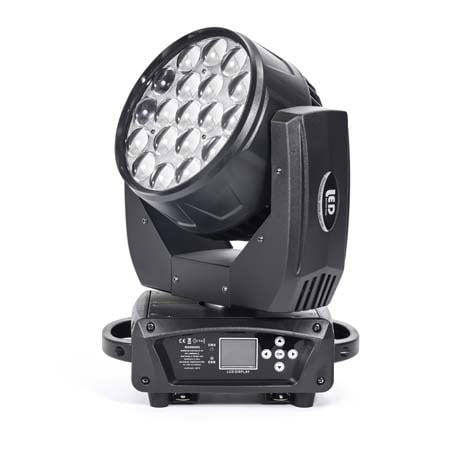





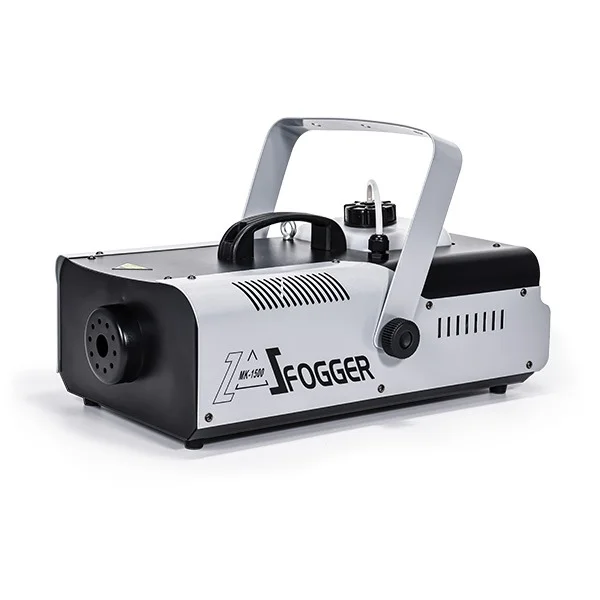
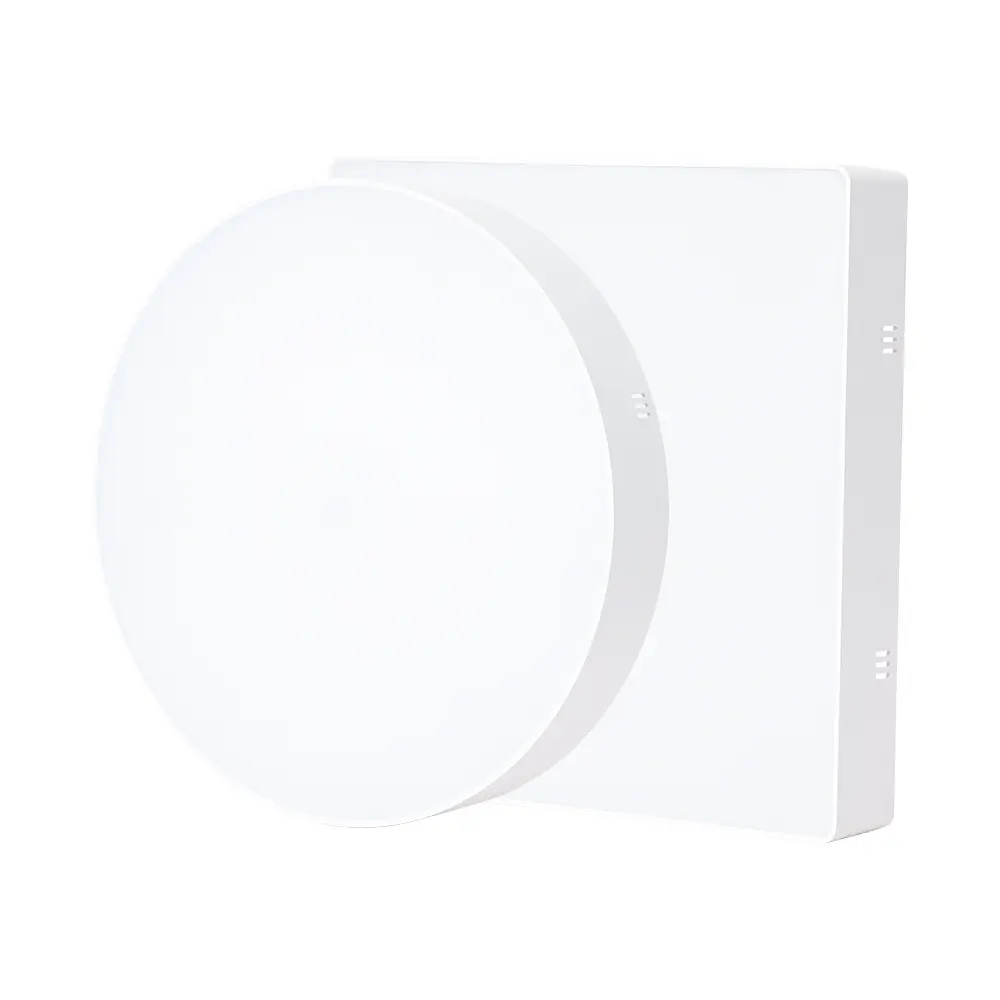

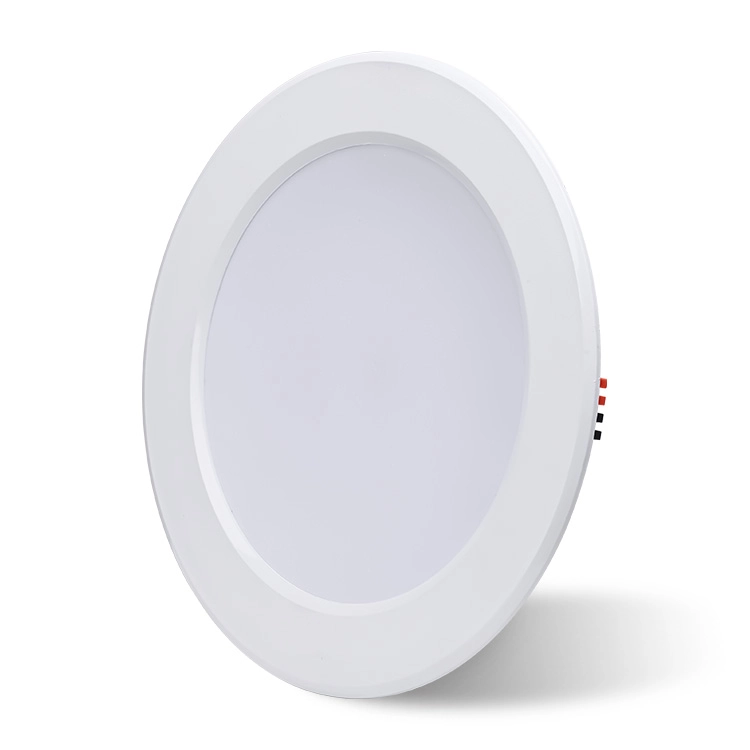
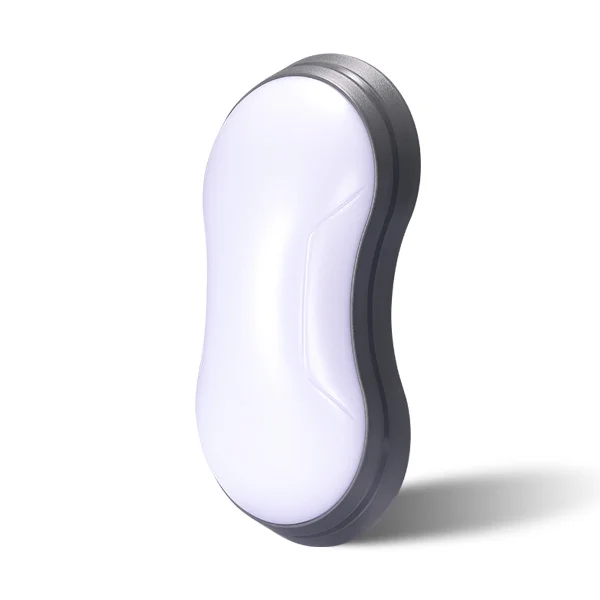

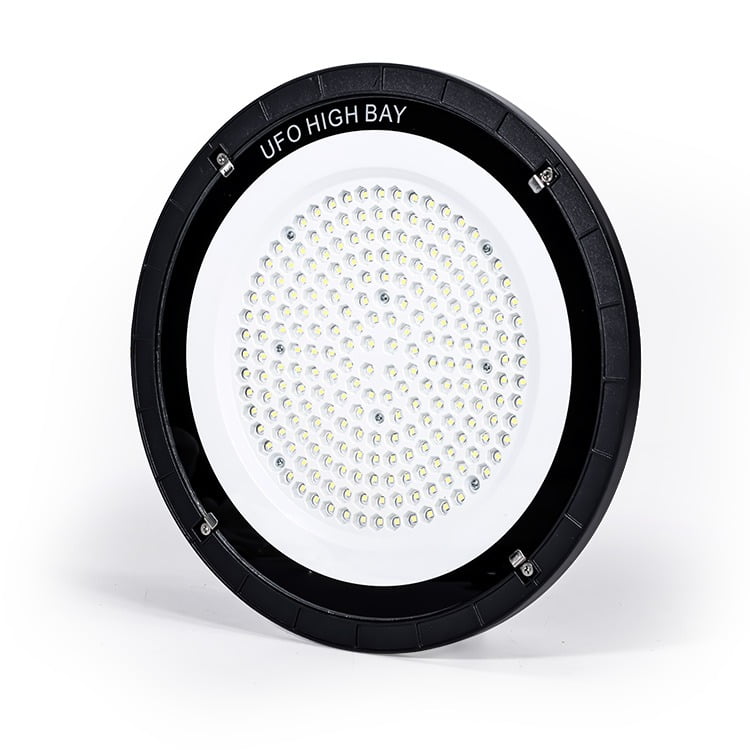
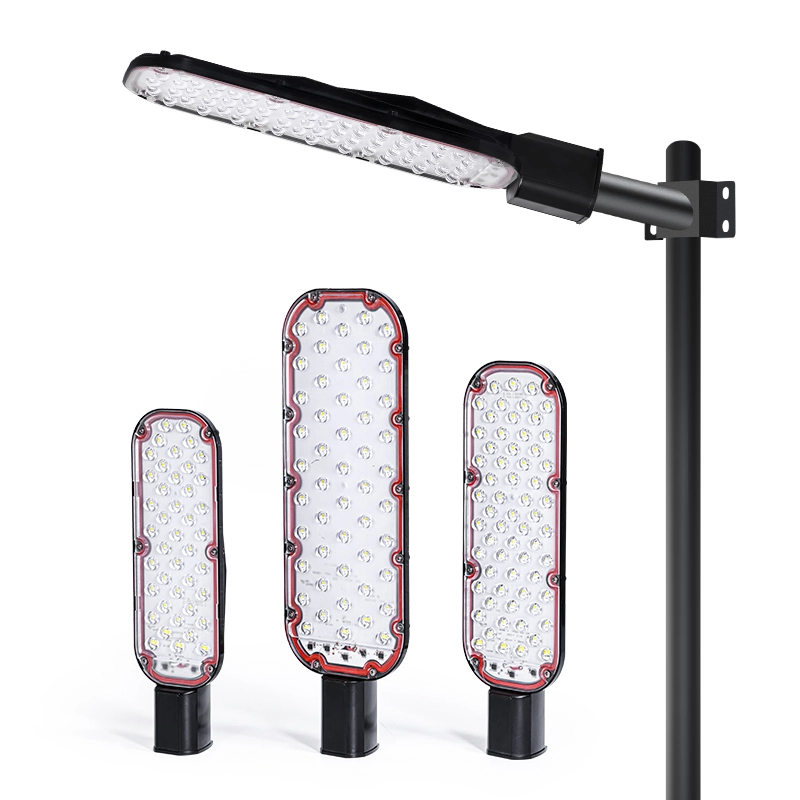

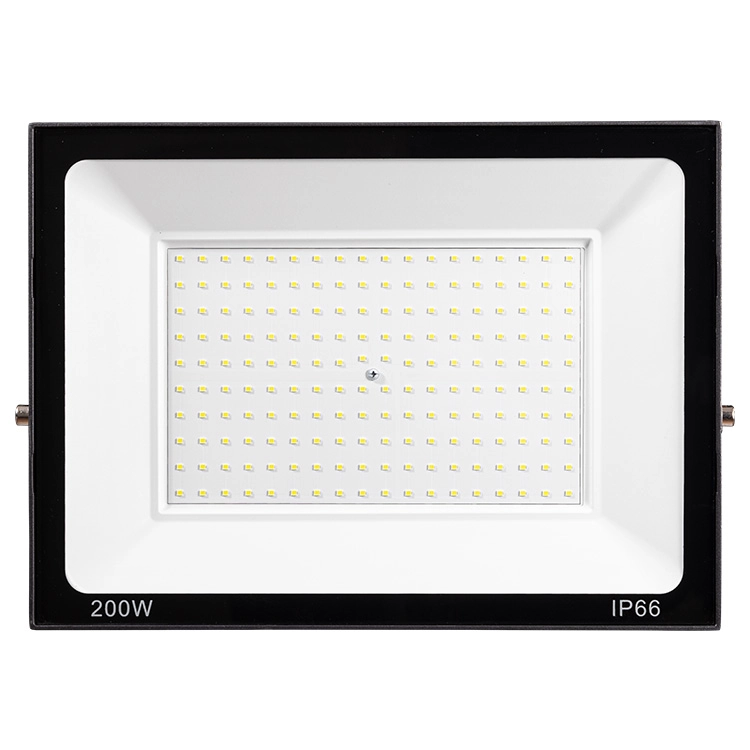
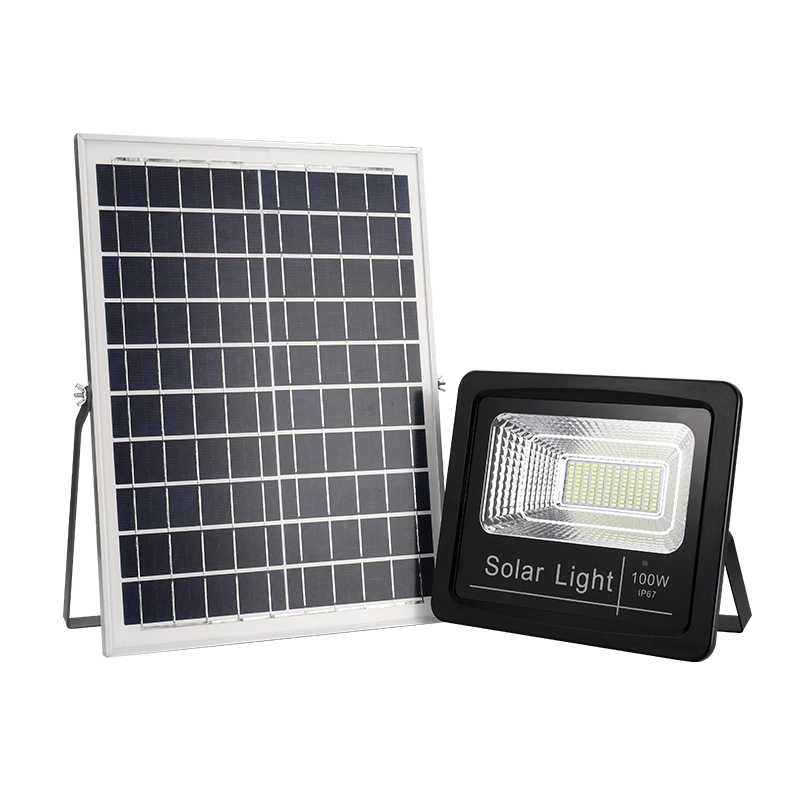


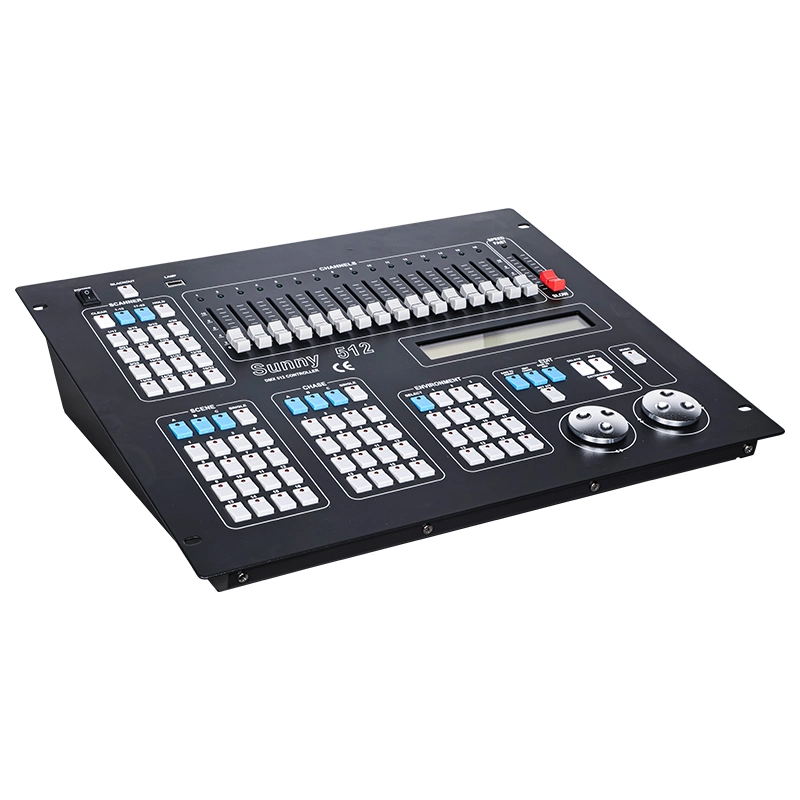
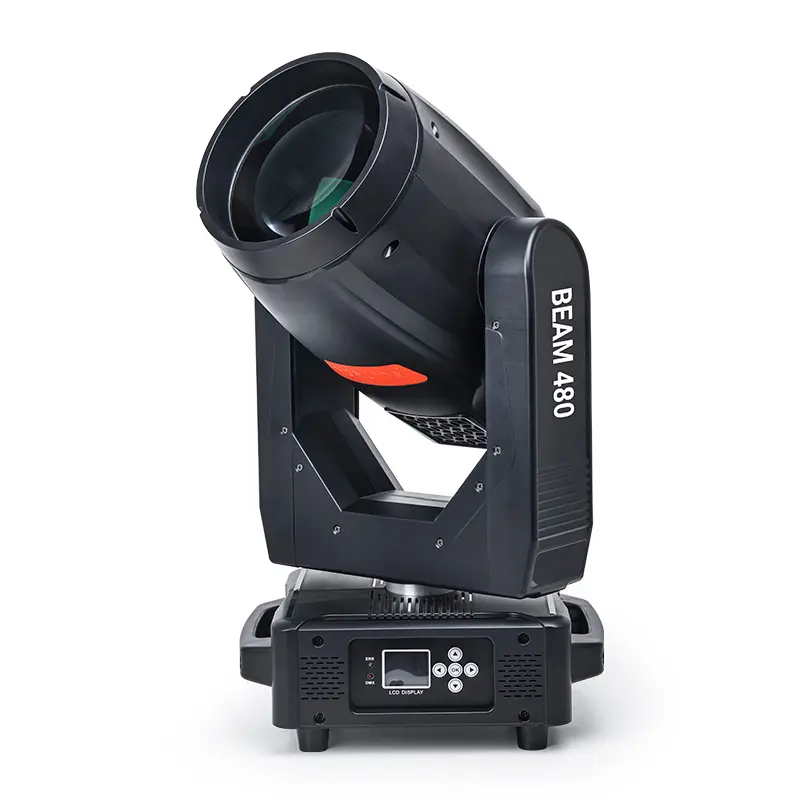



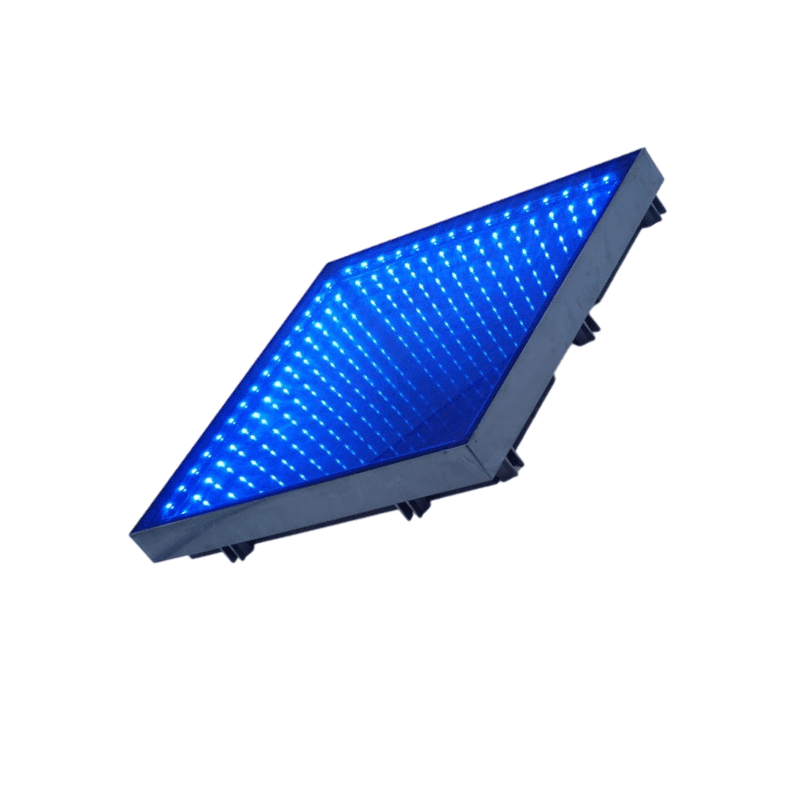

![led design ideas - 17 LED Design Ideas to Transform Your Home [February 2025] - Vorlane led design ideas - 17 LED Design Ideas to Transform Your Home [February 2025] - Vorlane](https://vorlane.com/wp-content/uploads/2025/01/led-design-ideas.webp)
![outdoor lighting ideas - 20 Brilliant Outdoor Lighting Ideas: Transform Yard [2025] - Vorlane outdoor lighting ideas - 20 Brilliant Outdoor Lighting Ideas: Transform Yard [2025] - Vorlane](https://vorlane.com/wp-content/uploads/2025/02/outdoor-lighting-ideas.jpg)
![disadvantages of led lights - Disadvantages of LED Lighting: Reveal Cost, Real Risk [2025] - Vorlane disadvantages of led lights - Disadvantages of LED Lighting: Reveal Cost, Real Risk [2025] - Vorlane](https://vorlane.com/wp-content/uploads/2025/01/disadvantages-of-led-lights.webp)
![Best LED Lights for Home - Best LED Lights for Home: Top Choices [2025] - Vorlane Best LED Lights for Home - Best LED Lights for Home: Top Choices [2025] - Vorlane](https://vorlane.com/wp-content/uploads/2025/01/Best-LED-Lights-for-Home.webp)
![beam angle calculator - Beam Angle Calculator – Simplify Lighting Calculations [2025] - Vorlane beam angle calculator - Beam Angle Calculator – Simplify Lighting Calculations [2025] - Vorlane](https://vorlane.com/wp-content/uploads/2025/01/beam-angle-calculator.webp)
![COB Light vs Panel Light - COB Light vs Panel Light: Understanding the Differences [2025 ] - Vorlane COB Light vs Panel Light - COB Light vs Panel Light: Understanding the Differences [2025 ] - Vorlane](https://vorlane.com/wp-content/uploads/2025/01/COB-Light-vs-Panel-Light.jpg)

